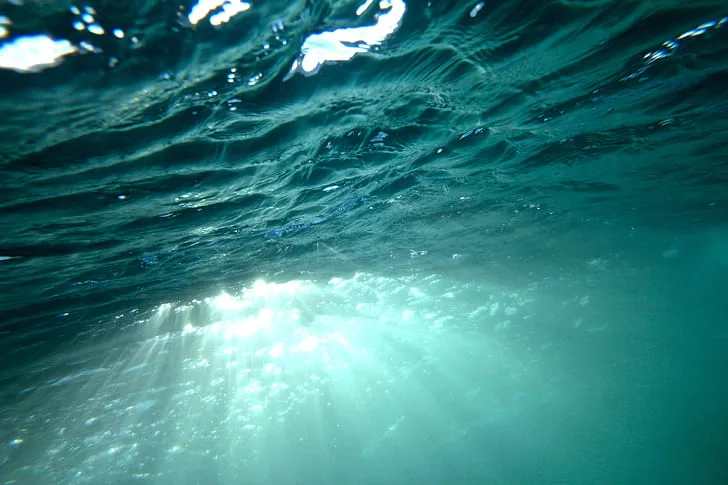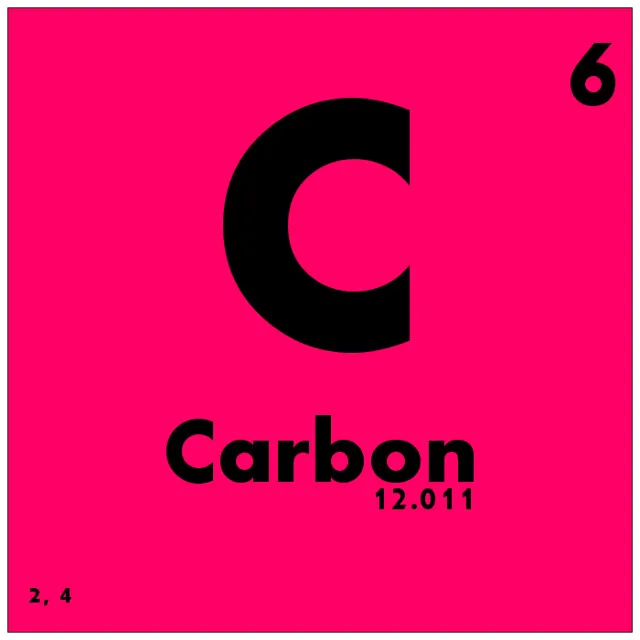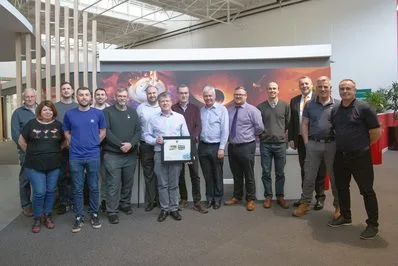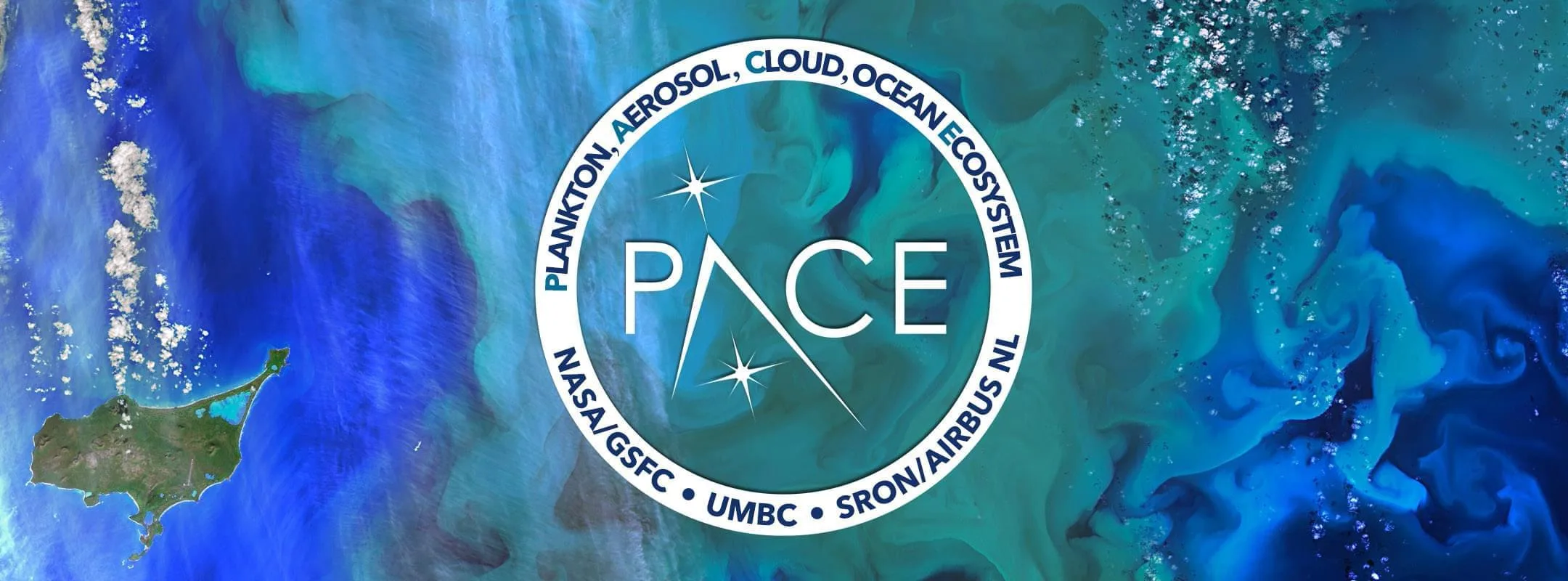Imagine venturing 575 kilometers above Earth, where a UK team is not just gazing at the vast blue expanse, but meticulously dissecting its hidden stories. Leonardo, a technology powerhouse, is playing a pivotal role in NASA’s recently launched PACE (Plankton, Aerosol, Cloud, ocean Ecosystem) mission, a revolutionary satellite armed with data-hungry sensors poised to unveil the intricate secrets of our planet’s oceans and atmosphere.
A Symphony of Light: Measuring Light Beyond Just its Shades

Think beyond the ocean’s mesmerizing blue canvas. Now, envision a spectrum teeming with colors, each whispering tales of microscopic life teeming below. This is the power of Leonardo’s technology aboard PACE. Their cutting-edge detectors, the heart of the mission’s OCI (Ocean Color Instrument), delve deeper than ever before, measuring light across 8 spectral bands and 555 channels, compared to just 8 channels on previous NASA satellites.
“The OCI isn’t just about counting colors,” clarifies Matthew Hicks, Leonardo’s Space Programme Manager. “It’s a spectroscopic maestro, capturing an unprecedented symphony of light data with 7 times the spectral resolution, enabling us to see phytoplankton details invisible to earlier satellites.”
These “details” are microscopic phytoplankton, the ocean’s primary producers and key players in the global carbon cycle. With a staggering 20 trillion tons of carbon sequestered by these tiny organisms annually, understanding their health is crucial. Leonardo’s sensors, boasting a remarkable 0.4 nanometer spectral resolution, can not only reveal phytoplankton density (with an accuracy of 10 to 20%), but also identify specific types based on their unique color signatures. This distinction is vital, as some blooms can be harmful, impacting both marine ecosystems and human health.

Beyond Color: Unveiling the Ocean’s Hidden Connections
But the mission delves deeper than phytoplankton identification. PACE will shed light on the intricate dance between the ocean and atmosphere, uncovering how they exchange 50 billion tons of carbon dioxide annually. Tiny airborne particles called aerosols also play a role, with PACE expected to improve our understanding of how they influence phytoplankton growth by up to 30%. This data, with its 16-day global coverage, will be instrumental in understanding the projected 5-10% decline in global phytoplankton productivity attributed to climate change.
“Recent observations suggest a worrying decline in phytoplankton health,” says Hicks, highlighting the mission’s urgency. “Understanding the ‘why’ is crucial, and I’m incredibly proud that our sensors, with their 20-year heritage in space missions, could be part of the solution.”
A Legacy of Collaboration and Innovation
Leonardo’s involvement in PACE underscores their long-standing commitment to space exploration and environmental monitoring. Their journey began in 1972 with the NIMBUS missions, followed by contributions to groundbreaking missions like Osiris-Rex and LUCY. This expertise was key to winning NASA’s trust. Initially involved in pre-development phases, Leonardo’s detectors impressed with their performance, earning them a coveted spot as flight hardware.

More Than Just Data: Understanding Our Planet as a Whole
“Everything is connected,” emphasizes Jeremy Werdell, Project Scientist for PACE. “PACE is a leap forward in understanding the Earth system as a whole. By studying the ocean, atmosphere, and land together, we can gain insights into the impact of our actions on our home planet, insights worth trillions of dollars in potential economic benefits from improved climate predictions and resource management.”
The PACE mission represents more than just technological advancement; it embodies a collaborative spirit, uniting nations and pushing the boundaries of scientific discovery. With Leonardo’s contribution adding a vital splash of data-driven knowledge, this mission promises to reveal the hidden connections that sustain our planet and guide us towards a more sustainable future.
Key Takeaways:
- Leonardo’s sensors onboard the PACE mission provide unprecedented detail on ocean color, revealing crucial information about 20 trillion tons of carbon sequestered by phytoplankton communities.
- PACE goes beyond color, studying the 50 billion tons of carbon dioxide exchange between the ocean and atmosphere, with insights into how tiny aerosols influence phytoplankton growth by up to 30%.
- This data, with 16-day global coverage, will be instrumental in understanding the projected 5-10% decline in global phytoplankton productivity and developing strategies for protecting our oceans.
- Leonardo’s 20-year heritage in space exploration played a key role in their involvement in PACE.
- The mission emphasizes the importance of international collaboration and a holistic approach to understanding Earth’s interconnected systems, potentially generating trillions of dollars in economic benefits.


Leave a Reply